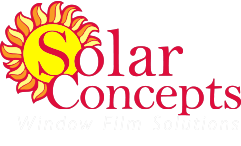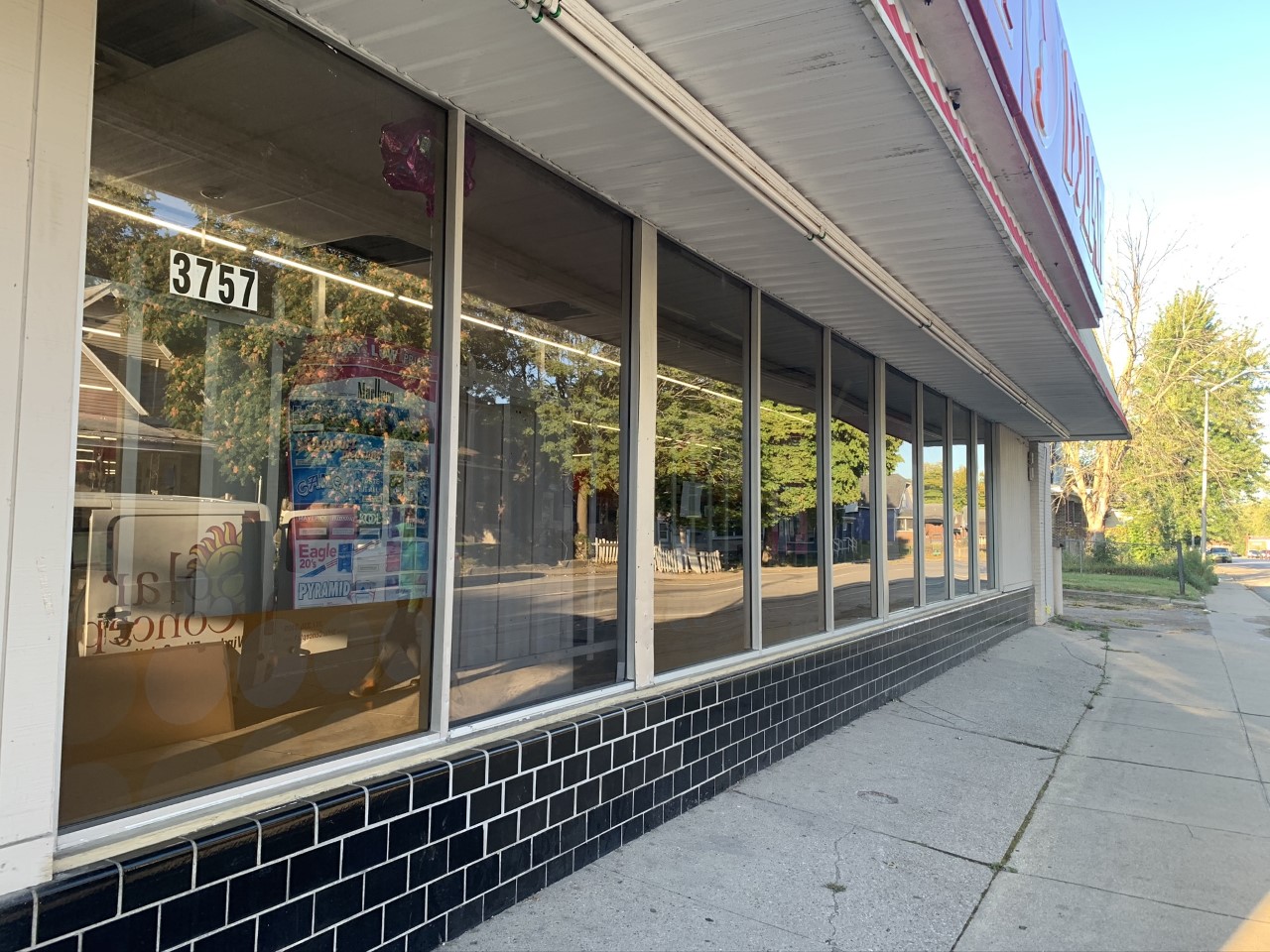What Is It, And How To Stay Safe
So you’ve come to an FAQ about UV light. Let’s discuss everything you need to know to keep you, your family, and your home safe from the sun’s rays. Staying safe starts with understanding what UV light is and which types can harm your skin or fade your furniture the most. Ultraviolet (UV) light is an invisible form of radiation that is a part of the electromagnetic spectrum. UV light is categorized into three types based on its wavelength – UVA, UVB, and UVC. UV radiation refers to the process by which UV energy is emitted from a source and can interact with living cells, potentially causing damage. Understanding the characteristics and potential impact of these UV types is essential for protecting ourselves and making informed decisions about UV usage and safety. This FAQ about UV light can illuminate all the reasons why protecting yourself against the sun’s rays is so important.
FAQ about UV light Differences
UV light is categorized into three different types according to wavelength. These types include UVA, UVB, and UVC. UVA has the longest wavelength and is the least harmful, but can still damage the skin over time. UVB rays, with a medium wavelength, are primarily responsible for sunburn and skin damage. UVC rays, with the shortest wavelength, are the most harmful but are completely absorbed by the Earth’s atmosphere before they reach us. This FAQ about UV light types will clear up what this means, and how each type can affect you.
UVA Rays
UVA rays comprise most of the UV radiation that reaches the earth’s surface. Though they are less intense than UVB, these long-wave rays are far more prevalent and can penetrate the skin more deeply. Over time, excessive exposure to UVA can cause significant damage, leading to premature aging, wrinkles, and potentially skin cancer. However, one crucial fact to remember is that ordinary glass windows, and those with a window film, can block most of these harmful rays.
UVB Rays
UVB rays, on the other hand, possess a medium wavelength and are mainly responsible for causing sunburns and several types of skin damage, including skin cancers. Unlike UVA rays, UVB rays do not penetrate the skin deeply; they primarily damage the skin’s superficial layers. A distinctive feature of UVB rays is that their intensity varies by season, location, and time of day, with the peak occurring at midday during the summer months. This type of ray does not significantly pass through glass, but its effects can be severe under direct exposure, especially during peak hours.
UVC Rays
UVC rays are the most dangerous type of UV radiation due to their short wavelength and high energy. They have the potential to cause serious harm to living cells, leading to skin burns and eye injury. Fortunately, nearly all UVC rays are absorbed by the Earth’s ozone layer and do not reach the surface. In settings where artificial UVC sources are used, such as UV disinfection systems, precautions must be taken to prevent exposure. Any use of UVC for disinfection should be conducted in a controlled environment, with safety measures like protective clothing and eyewear in place.
FAQ about UV Light Effects
This comprehensive FAQ about UV light is designed to provide you with essential information about the various aspects and impacts of UV radiation. We will delve into the effects of UV radiation on the skin and eyes and address an important question: Can UV radiation ever be safe? Furthermore, we will explain how you can reduce your exposure to UV radiation and the role environmental factors play in UV exposure. Our goal is to arm you with knowledge so you can make informed decisions about UV safety.
What Is UV Radiation’s Effect On Your Skin?
UV light radiation, particularly from UVA and UVB rays, can have profound effects on a person’s skin, leading to several health concerns. The most apparent immediate impact is sunburn, caused primarily by UVB rays. This damage to the skin’s outer layers can also lead to long-term problems such as premature aging, characterized by wrinkles and age spots.
More worryingly, prolonged exposure to UV radiation can lead to skin cancers, including melanoma, the most dangerous type. This is due to UV radiation’s ability to damage the DNA in our skin cells, potentially causing mutations that result in cancer. Furthermore, some people may be more sensitive to UV radiation due to factors such as skin type, age, and genetic predisposition. Considering these risks, it is essential to minimize unnecessary UV exposure and protect the skin when in the sun.
What Is UV Radiation’s Effect On Your Eyes?
The eyes are particularly sensitive to the damaging effects of UV radiation. Over time, prolonged exposure to UV rays can lead to several eye conditions. Cataracts, a clouding of the eye’s natural lens, are largely associated with UV exposure. It’s also linked to macular degeneration, the leading cause of vision loss among older adults, which results from damage to the retina at the back of the eye. Pterygium, also known as “surfer’s eye,” is a growth on the eye’s surface often caused by excessive UV exposure. In severe cases, it can distort vision. Photokeratitis, or “snow blindness,” is a painful sunburn of the eye’s surface, much like a skin sunburn, and can occur after short-term, high-intensity UV exposure.
Given these potential risks, it’s vital to shield your eyes from excessive UV light. UV-protective eyewear and minimizing sun exposure during peak UV hours are effective methods. Also, installing UV-blocking window films, like those offered by Solar Concepts, can help reduce UV radiation exposure in your home or office, providing an added layer of protection for your eyes.
What Environmental Factors Contribute To UV Exposure?
- Geographical Location: UV levels are typically higher closer to the equator, as the sun’s rays have a shorter distance to travel through the atmosphere, and there is less ozone to block the UV rays.
- Altitude: UV levels increase by approximately 10-12% with every 1000 meter increase in elevation. This is because the atmosphere is thinner at higher altitudes, leading to less absorption and scattering of UV rays.
- Time of Year: UV levels are highest during the spring and summer months due to the sun’s angle in relation to the Earth.
- Time of Day: The sun’s rays are strongest between 10 a.m. and 4 p.m., which is when the risk for UV exposure is the highest.
- Cloud Cover: While clouds can sometimes block sunlight, they do not necessarily block UV rays. The level of UV protection provided by clouds can vary greatly.
- Reflective Surfaces: Surfaces like snow, water, and sand can reflect the sun’s rays, leading to increased UV exposure.
Armed with this knowledge, you can take steps to limit your UV exposure during high-risk times and conditions. This can be as simple as seeking shade, wearing protective clothing, and applying sunscreen. Additionally, consider the installation of UV-blocking window films by Solar Concepts to reduce UV radiation exposure in your indoor environments.
Can UV Exposure Ever Be Safe?
Yes, UV exposure can be safe and even beneficial in moderate amounts. UV radiation is crucial for the body’s production of vitamin D, an essential nutrient that supports bone health, immune function, and inflammation reduction. However, the exact amount of sun exposure needed for sufficient vitamin D synthesis can vary depending on factors like geographic location, skin type, and age. Despite these benefits, it’s crucial to balance sun exposure with UV protection to prevent the harmful effects of overexposure. Excessive UV radiation can lead to skin and eye damage and even skin cancer. Therefore, when spending time outdoors, particularly during peak UV hours, it’s recommended to protect your skin with sunscreen, wear UV-protective eyewear, and seek shade when possible.
How Can You Reduce UV Radiation?
There are several strategies you can employ to reduce your UV radiation exposure. First, try to limit your time in the sun, particularly between 10 a.m. and 4 p.m., when UV rays are strongest. Whenever you’re outside, wear UV-protective clothing and a wide-brimmed hat to cover your skin, and don’t forget sunglasses to protect your eyes. Additionally, always use a broad-spectrum sunscreen with an SPF of 30 or higher and reapply every two hours or more frequently if sweating or swimming. Installing window film on your home or office windows can also help lower UV exposure on your skin and eyes.
Solar Concepts Is Here To Help
For more comprehensive protection from what we cover in our FAQ about UV light, consider the role your home or office windows play in UV exposure. Glass windows can permit harmful UV rays to enter your indoor spaces, increasing your exposure even when you’re indoors. This is where Solar Concepts comes to your aid. We carry superior quality 3M window films, specifically designed to block up to 99% of harmful UV rays.
By installing our window films, you can significantly reduce the risk of skin damage, sunburns, and skin cancers associated with UV ray exposure. Whether it’s your home or workplace, our window films enhance safety against UV rays, providing you peace of mind knowing you are well-protected from harmful sun exposure without compromising natural light. Our team of experts will work closely with you to find the best solution for your specific needs. Additionally, our window films can offer other benefits, such as reducing glare and increasing energy efficiency.
Trust Solar Concepts to provide top-quality window tinting services that prioritize your safety and well-being. Contact us today to learn more about how we can help you reduce your UV exposure and create a healthier indoor environment.




